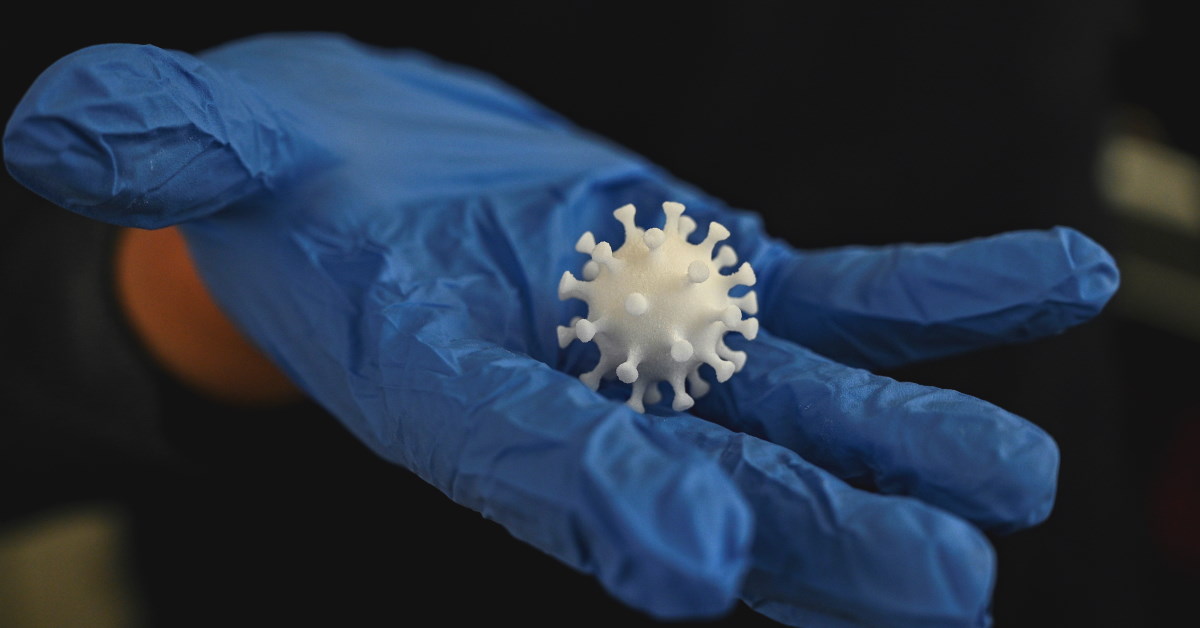A type of coronavirus known as NeoCov has been making headlines around the world, with some comparing it to the SARS-CoV-2 virus which causes COVID-19. But that comparison is not really accurate, and this is certainly not a new variant.
The NeoCov virus is the closest known genetic relative to the Middle East Respiratory Syndrome (MERS) virus, leading to comparisons with the latter’s fatality rate of one in three infected people – but there is no risk to humans from NeoCov yet. So, what is NeoCov and is there cause for concern?
SARS-CoV-2, MERS, and NeoCov all belong to a group of viruses known as coronaviruses. There are hundreds of coronaviruses, most of which circulate among animals such as pigs, camels, bats and cats. Some coronaviruses can infect humans and cause mild cold-like symptoms. Only three coronaviruses have been known to cause serious symptoms in humans. These are:
Severe Acute Respiratory Syndrome (SARS) which emerged in 2002 and resulted in a highly contagious and potentially life-threatening form of pneumonia. It is thought that a strain of the coronavirus usually only found in small mammals mutated, enabling it to infect humans. Due to a policy of isolating people suspected of having the condition and screening all passengers travelling by air, there have been no new cases of SARS since 2004.
Middle East Respiratory Syndrome (MERS) was originally transmitted to humans from camels. It was first identified in 2012 and continues to cause sporadic and localised outbreaks. MERS can start with a fever and cough, which can develop into pneumonia and breathing difficulties.
COVID-19: The SARS-CoV-2 virus causes coronavirus disease 2019 (or COVID-19). It was first identified in China in December 2019 and was declared a global pandemic by the World Health Organization (WHO) on 11 March, 2020.
The NeoCov virus was first identified in 2011 and found to infect a species of bats known as Neoromicia, which are mostly found in parts of Africa. NeoCov is not known to infect humans. However, scientists in China who have been studying it caused widespread panic when they suggested NeoCov may have the potential to infect humans in the future.
It is always valuable to research viruses that have the potential to cross between animals and humans but, in the current climate, it is vital to not be alarmist about it.
The study shows that NeoCov can bind to receptors on the outside of bat cells called Angiotensin-converting enzyme 2 (ACE2) receptors to gain entry and cause an infection. ACE2 is a receptor protein on lots of different types of cells that provides an entry point for coronaviruses to bind with and gain entry into an organism. Although ACE2 receptors occur on human cells too, they are different to bat ACE2 receptors and NeoCov is unable to bind with them and infect humans.
Spill Over Event
But the authors of the paper have suggested that with the correct mutation, NeoCov could potentially spill over into humans. They have gone on to identify the single mutation that would be needed on the NeoCov receptor’s binding domain for it to achieve this spill over event, but only in laboratory settings.
Because of its genetic similarities to MERS, this led people to believe if it did infect humans, it would have a similar fatality rate of one in three, but all of this is hypothetical. The researchers also found that antibodies to either MERS or COVID-19 would not neutralise the NeoCov virus.
At present, however, there is no need to panic. It is always a good idea to expand our scientific knowledge of the thousands of coronaviruses out there and prepare ourselves for any potential spill over events that might occur between animals and humans.
However, caution must be advised as we study animals, microorganisms and viruses – we must treat them with the respect they deserve; this is the natural world we are dealing with and it does not always play by the rules of humans.
